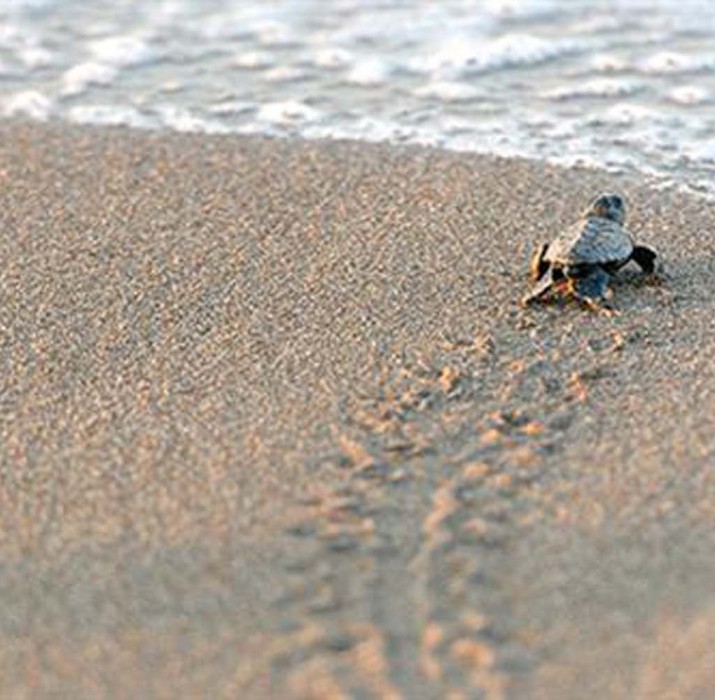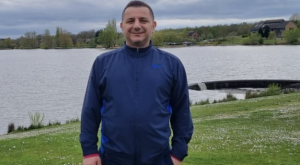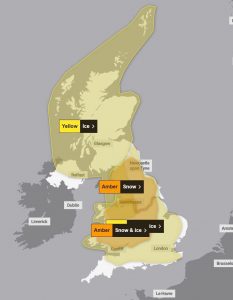Love caretta carettas, but from a distance: Academic
As caretta caretta hatchlings, the struggling young members of the endangered sea turtle species, start to hit the sea on Turkey’s Mediterranean coasts, an expert has warned locals and tourists not to intervene in their habitat and refrain from feeding or touching them.

As caretta caretta hatchlings, the struggling young members of the endangered sea turtle species, start to hit the sea on Turkey’s Mediterranean coasts, an expert has warned locals and tourists not to intervene in their habitat and refrain from feeding or touching them.
“The high human population causes stress for these animals,” said Doğan Sözbilen, a board member of Pamukkale University’s Sea Turtles Research, Rescue and Rehabilitation Center (DEKAMER).
“Feeding them by hand also triggers reactions,” he told Anadolu Agency.
“Do love them from a distance,” the academic said, while commenting on a few recent reports that caretta carettas had attacked people.
Such incidents were not reported from any other part of the world, he said, adding that caretta carettas were indeed wild animals with a sense of owning their habitat, which is increasingly populated by people.
“First of all, if you want to play with them like a pet or take photos, this would not be good for them.
“In some places people are feeding them with good intentions. We observe a negative effect of this on the animal,” he said, noting that such behavior raised expectations from the turtles that humans would feed them and they would become angry when this did not happen.
“In addition, the food that people give them is usually wrong,” Sözbilen said. “Some people are even giving them poultry. This cannot happen. It is not good, even if you feed them fish.”
The academic noted there were around 3,000 caretta caretta nests across the coasts of Turkey, with dozens of eggs laid in each, noting the number was luckily increasing.
“Now people want us to rehabilitate caretta carettas which are angry. We have tanks for such a purpose but this is not a solution,” he said.
Caretta carettas which hatched from their nests in the western province of Muğla’s Marmaris district have finally reached the sea as part of their species’ annual migration, under the inspection of Pamukkale University Biology Department member Associate Prof. Eyüp Başkale.
The Marmaris City Council Environmental Group has been observing eggs left by a sea turtle 50 days ago on İçmeler Beach.
All eggs in the nest have been handled and the last two caretta caretta turtles were directed to the sea by a flashing light.
Başkale said they had been observing the nests since July 2 and following them during night watches until the incubation period ended.
“After the first baby hatched, we waited for five or six more days until the last two babies [hatched]. Now we will wait for them to become mature and lay new eggs,” he said.
Başkale added that the sea turtles were the “real owners” of the sea, which was merely occupied by people.
“Beaches are their place to reproduce. We are occupying their spaces. Today we sent the babies to the sea and this is a very good event for İçmeler Beach. It was a surprise for us that the turtle chose this place to lay [her] eggs. It is not an ordinary situation,” he said.
Caretta carettas are found in the Atlantic, Pacific, and Indian oceans, as well as the Mediterranean Sea. They spend most of their lives in saltwater and estuarine habitats, with females briefly coming ashore to lay eggs. (aa)









